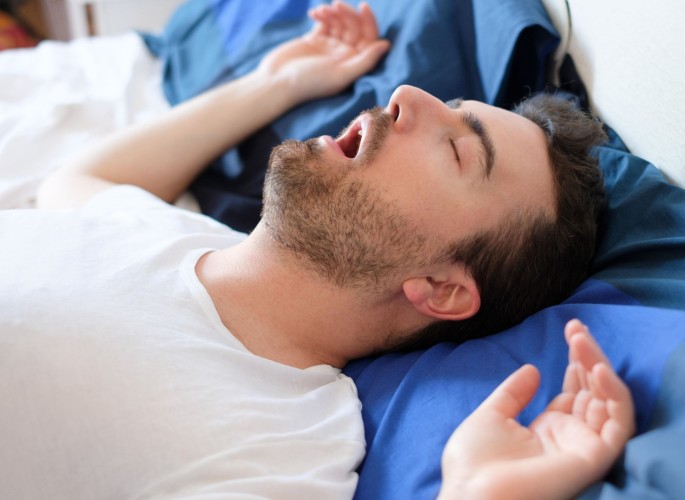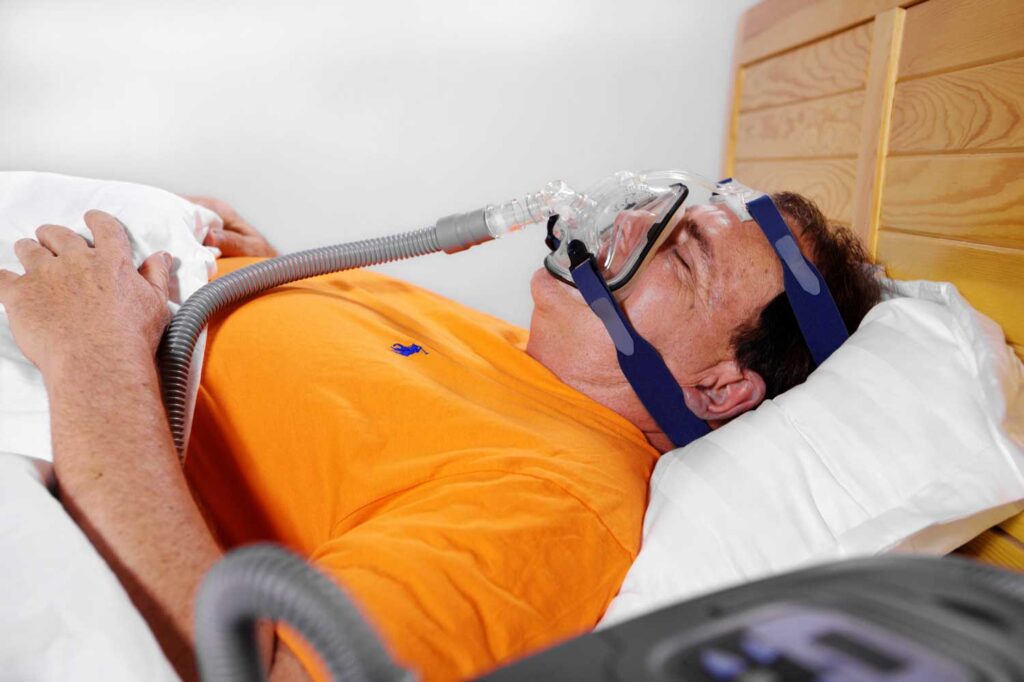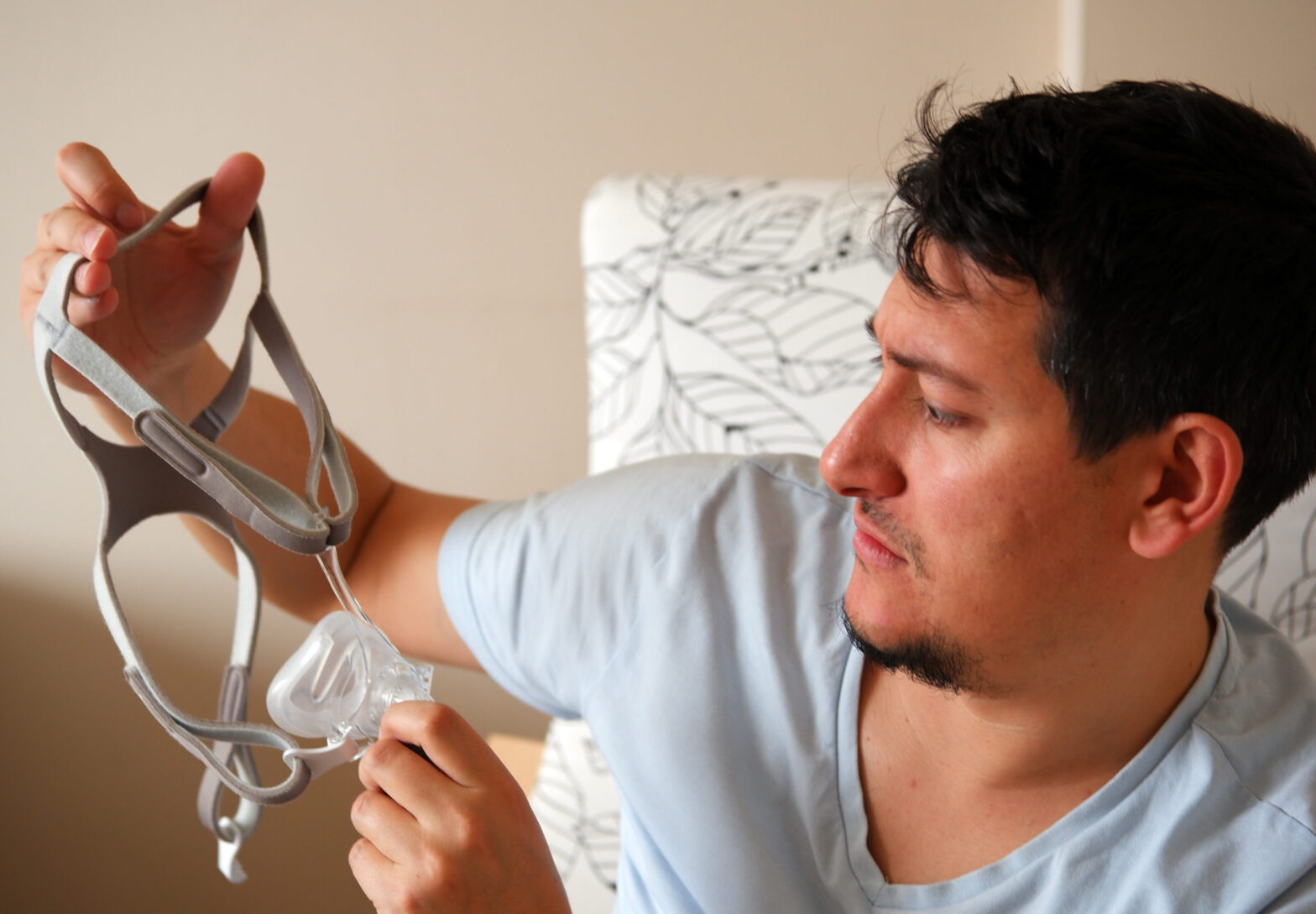Have you just lately been given a diagnosis of sleep apnea? In the following paragraphs, we will go over various suggestions and therapies that you may find helpful in overcoming your sleep apnea.
Sleep apnea implants
One of the most recent therapies for sleep apnea is the implantation of a pacemaker system, which stimulates muscles to keep airways open so that you can breathe while you sleep. This therapy is considered one of the most cutting-edge treatments now available. People in the United States who have moderate to severe obstructive sleep apnea are eligible for the new therapy that has been authorized by the FDA.
Studies indicate that it may also be beneficial to patients who have central sleep apnea, despite the fact that the technology is very new (and pricey).
Surgery of the upper airway to treat sleep apnea
If you have tried everything else to cure your sleep apnea but nothing has worked, you may want to consider having surgery to make your airway bigger.
The tonsils, adenoids, or extra tissue at the back of the throat or inside the nose may be removed by the surgeon. Additionally, the jaw may be reconstructed in order to widen the upper airway, or plastic rods may be implanted into the soft palate. It is possible for symptoms to get worse following surgery, in addition to the dangers of complications and infections that are inherent in every surgical procedure.

Sleep apnea in children
It is not always simple to identify obstructive sleep apnea in youngsters, despite the fact that the condition may be rather prevalent among this age group. In addition to making a loud snoring sound repeatedly throughout the night, children who have sleep apnea may also:
- Stop breathing while they are asleep; snort; or gasp.
- Experiment with a variety of different sleeping positions.
- You wet the bed, perspire excessively at night, or have terrifying dreams at night.
- You should not be sleepy throughout the day.
- Develop behavioral difficulties or falling grades.
It is imperative that you seek the advice of a doctor who specializes in the treatment of sleep disorders if you have concerns that your kid may be suffering from sleep apnea. If it is not addressed, sleep apnea may have a negative impact on your child’s ability to learn, their mood, their development, and their general health.
What causes obstructive sleep apnea in children and how is it treated?
Tonsils and adenoids that are too big are the root cause of the majority of cases of obstructive sleep apnea in children. The issue is often resolved with a standard procedure known as an adenotonsillectomy, which removes both the tonsils and the adenoids. The physician who is treating your kid may also suggest that your family try utilizing a CPAP machine or another kind of breathing equipment.
Your support, encouragement, and good role modeling may help your kid attain and maintain a healthy weight — and set your entire family on a healthier track — if your child’s obstructive sleep apnea is caused by excess weight. If your child’s weight is the cause of the condition,
Even while being cooped up in one place for an extended period of time might be trying, most individuals are able to keep themselves busy in some way. Instead of providing you with an online course on how to stop snoring at home, we are going to focus today on providing you with some helpful advice on how to treat sleep apnea.

Advice for those suffering from sleep apnea
To begin, keep in mind that OSA is a treatable sleep problem that has to be managed. People who have sleep apnea do not get the adequate amount of oxygen while they are sleeping, which may occasionally lead to additional sleeping problems.
Therefore, it is not something that can be handled at home; you will need to see a doctor and undergo therapy. If your issue isn’t severe, you may want to experiment with several home remedies for sleep apnea, such as the following:
Keep a level mind at all times.
- Your neck ought to be protruding from the surface of the bed no more than six inches.
- Elevating your head when you sleep with the aid of a specific pillow or by sleeping on your side. If you sleep on your back, your tongue and other soft tissues may get in the way of your breathing, so try to avoid doing so. Learn more by reading on.
- Use oral/nasal appliances. Utilizing a nasal dilator, breathing strips, or a nasal irrigation device is not an uncommon practice. Pick the one that works best for you.
Even while you won’t be completely cured of OSA by following these tips for sleeping with sleep apnea, you will at least be able to lessen the negative effects that the disorder has on your health. Therefore, do not hesitate to put them into action and see the outcomes.
Advice on how to avoid developing sleep apnea
Although certain advice for those who already have sleep apnea may also be helpful for preventing the condition in others, we wish to differentiate between the two approaches. The prevention of obstructive sleep apnea (OSA) is more difficult than treating the disorder, since it requires more attention to detail and strong willpower. Check out the following piece of prevention tips for OSA:
- Strive to maintain a healthy weight by: The accumulation of additional weight is often the primary cause of snoring and the most prominent indicator of OSA. The smaller your neck is, the less likely it is that you will get obstructive sleep apnea.
- Practice yoga: Your ability to breathe more easily and effectively may both benefit from practicing yoga. Find out how exercising may help you sleep better in this section.
- Keep an eye on your sleep: Keeping an eye on your sleep is an easy advice to follow for sleep apnea. Utilize Goodsomnia Lab so that you may monitor the quality of your sleep as well as your snoring throughout the night.
- Use a humidifier. A humidifier may be helpful if your sleep apnea is caused by dry air since it will expand your airways, reduce congestion, and promote clearer breathing.
- Develop a regular pattern for when you go to bed. It’s a great opportunity to start new routines, like getting a full 8 or 9 hours of sleep every night while you’re in quarantine!
Conclusion
Adults should aim to obtain between seven and nine hours of sleep each night, according to recommendations. If you are afflicted with obstructive sleep apnea, achieving that goal may seem to be next to impossible. Even under the best of conditions, achieving such a goal may be challenging. Even though you may not be aware that you are awakening numerous times during the night, you will almost likely experience feelings of exhaustion and a lack of quality sleep when you get up in the morning. Because lack of sleep can have such a detrimental influence on a person’s physical and mental health, finding out how to obtain better sleep while having sleep apnea is an important step in the process of reclaiming one’s life.
